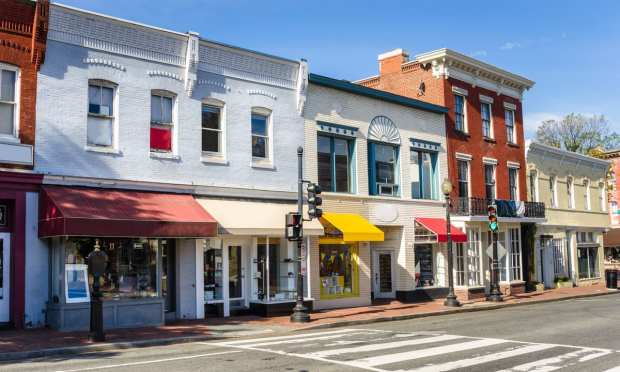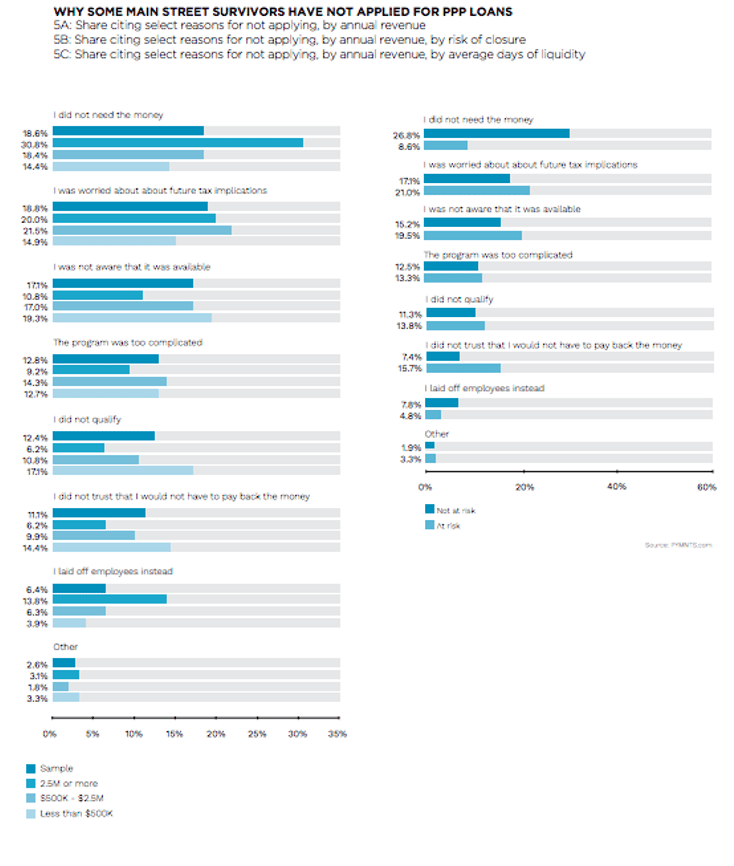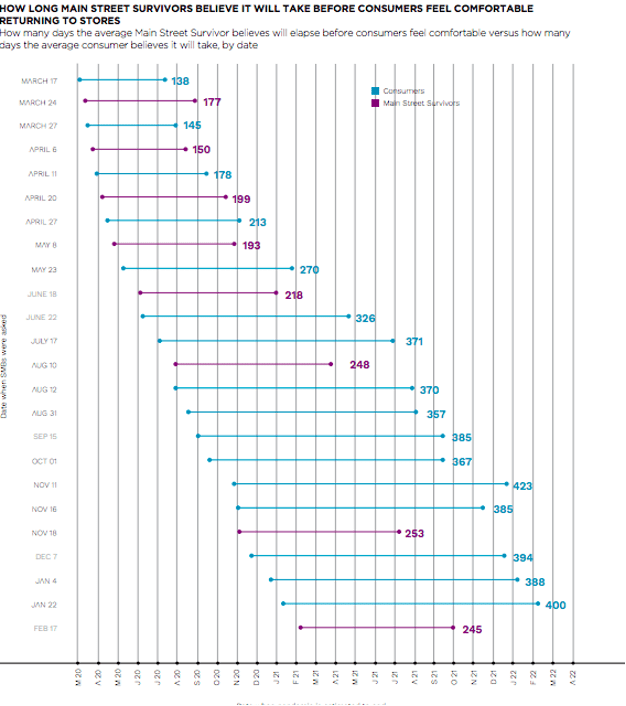PPP Arrives At Critical Point For SMBs

The nation’s small businesses are facing an ignominious anniversary: nearly a year has passed since the first round of pandemic-related closures kicked off last year in California on March 19. What started in California quickly echoed out through all 50 states as state and local government rolled out stay-at-home or shelter-in-place orders that shut the doors of nonessential businesses in hopes of slowing the rapid spread of the novel coronavirus.
COVID-19 kept spreading, though closures in combination with warmer weather did for a time slow it down. But the economy on Main Streets across the U.S. ground to a screeching halt as foot traffic evaporated overnight, cash flow pain set in and entrepreneurs began to scramble to figure out how they were going to survive.
And while the Paycheck Protection Program (PPP) loans rolled out last year to help small and medium-sized businesses (SMBs) and their employees better whether the storm, according to PYMNTS latest data, 2021’s Main Street Business Survivor Study: Understanding The Profile Of Main Street SMBs That Have Weathered The Pandemic’s Fallout, those small businesses are looking less for the PPP’s second round, now rolling out, to help continue to get them through. Only 16 percent of Main Street businesses report having actually applied for such assistance in the last three months, compared to an average 21 percent that had done so since March 2020.
It’s not that the need isn’t still there — PYMNTS’ latest research also shows that 12 percent of all Main Street SMBs have permanently closed since the pandemic began, in fact, and 45 percent of those that remain feel they could be at risk of closing in the near future. The damage was real, and the effects and fear the pandemic period engendered are long lasting.
Nor are those merchants failing to be proactive about their survival. The data demonstrates that SMBs are changing up their product offerings, migrating to digital channels and restructuring their employment line-up when it comes to what they are doing to survive today — and, hopefully, the data demonstrated, thrive tomorrow.
The PPP Progress
Passed In December, the PPP second round opened up in mid-January for SMBs that failed to apply the first time or that needed an additional allocation of funds. Similar in structure to the first round loans, the second round offered some additional perks for restaurant and hospitality players, a lower loan cap and new requirements for businesses apply for their second loan.
Firms were also allowed to apply again providing they had 300 or fewer employees, have used or will use their entire first allotment of PPP funds and can show a 25 percent gross revenue decline at minimum in any 2020 quarter compared with the same quarter in 2019.
Those new requirements, according to PYMNTS data, slowed a lot of firms in applying for another infusion of PPP dollars, but they weren’t the only reasons — the businesses PYMNTS surveyed offered a variety of reasons for having not applied for PPP loans.
Nineteen percent of survivor firms did not apply for PPP loans in the last three months because they worry about the implications it might have on their future taxes, while 11 percent are simply unsure whether they will make enough revenue to return the funds.
Lack of knowledge also seems to be a fairly significant issue as 17 percent of merchant surveys reported they did not know such loans were available.

And that dearth in merchants going after the latest round of PPP funding is ending in layoffs — with survey respondents, particularly those bringing in less than $500,000 in revenue annually, laying off workers instead. Some 14 percent noted they had opted to lay off their employees instead of applying for a loan.
The hope to push more merchants onto the PPP has pushed some groups, like The American Institute of CPAs to lobby for extending the deadline for applying for Paycheck Protection Program loans and to modify recent guidance. The AICPA contends the March 31 deadline is unrealistically early and is creating unnecessary angst for small businesses and their accountants. And that push for an extension is growing louder as more are joining it, particularly in the aftermath of a rule change that made it easier for sole proprietors and gig workers to take advantage of the program.
Now bankers nationwide are saying the program should be extended through the month of April, to give them enough time to adjust to the amended guidance and make sure everyone entitled to a loan can apply.
An Optimistic Outlook
Nineteen percent of Main Street Survivor business owners who have not applied for PPP loans in the last three months did not do so because they simply do not need the money. Nearly a third (31 percent) of Main Street Survivors making more than $2.5 million in annual revenue have not applied in the last three months because they feel they are financially stable enough not to need PPP loans.

Main Street SMBs continue to be optimistic about how long the pandemic will continue to reduce their foot traffic according to PYMNTS data. On the whole, Main Street firms that are still open believe consumers will feel comfortable re-engaging in the physical world by late October 2021 — just seven months from now.
The perhaps worrying part of that statistic is that it is notably sooner than consumers expect to go back into stores — in February of 2022. That leaves a roughly four-month gap between the time when Main Street survivors believe their foot traffic will recover and the time when their customers expect the pandemic’s impact on their lives to end.
A positive outlook is good and perhaps even necessary given how hard a year that businesses have had. But given how many are flying without a further PPP cash infusion, perhaps a bit more caution is warranted.
